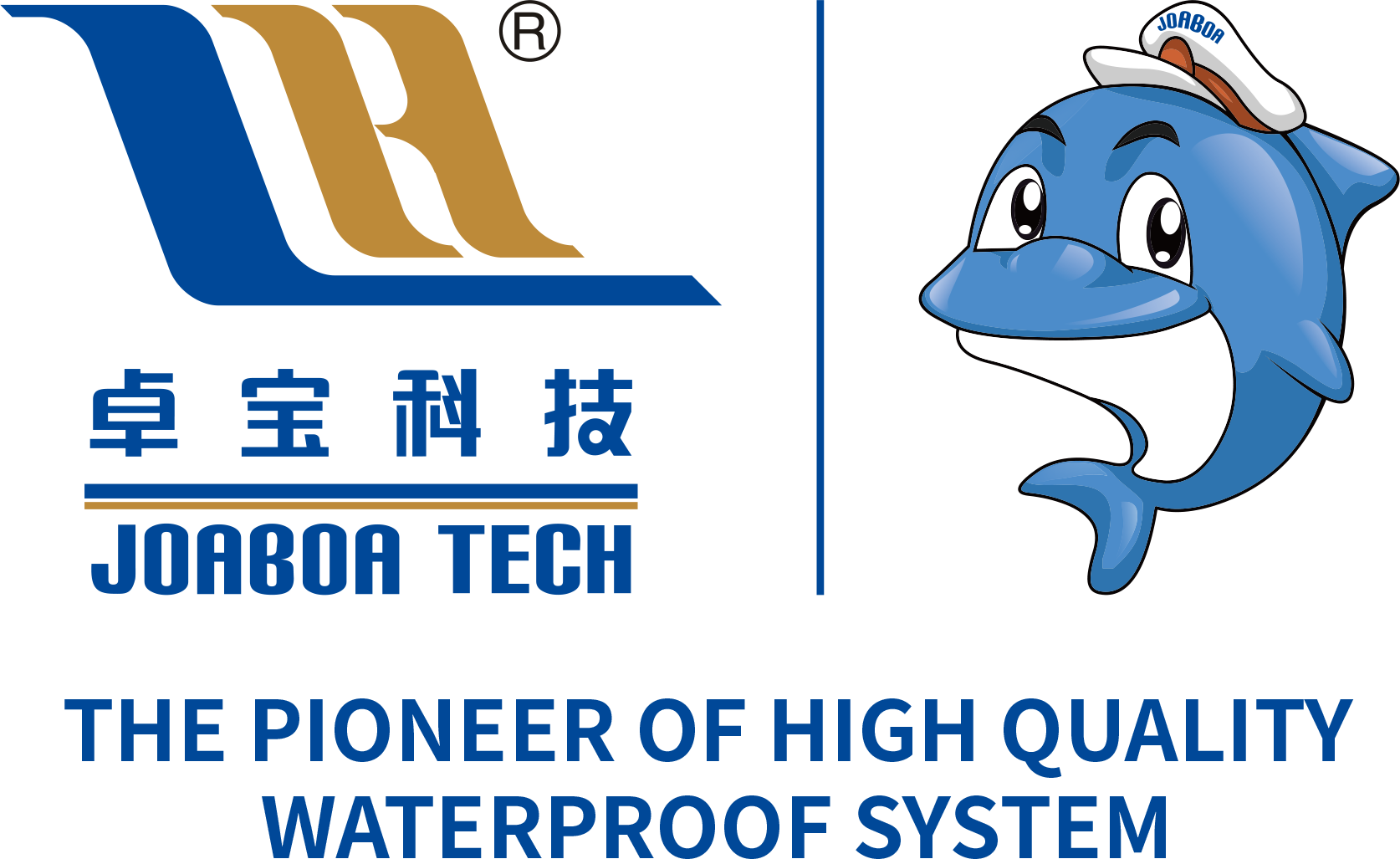Exploring the Advantages of Plastomeric Waterproofing in Your Next Build
2025-06-21 10:40
Exploring the Advantages of Plastomeric Waterproofing in Your Next Build
Table of Contents
- Introduction to Plastomeric Waterproofing
- What is Plastomeric Waterproofing?
- Benefits of Plastomeric Waterproofing
- Durability and Longevity
- Flexibility and Temperature Resistance
- Ease of Installation
- Energy Efficiency
- Applications of Plastomeric Waterproofing
- Comparative Analysis: Plastomeric vs. Other Waterproofing Solutions
- Environmental Impact of Plastomeric Waterproofing
- Cost-Effectiveness of Plastomeric Waterproofing
- Frequently Asked Questions
- Conclusion
Introduction to Plastomeric Waterproofing
Plastomeric waterproofing has gained significant traction in the construction industry due to its impressive performance characteristics and versatility. As more builders and homeowners seek reliable solutions to combat water ingress and moisture-related issues, plastomeric waterproofing stands out as a frontrunner. This article will explore the numerous advantages of plastomeric waterproofing, its applications, and why it could be the best choice for your next construction project.
What is Plastomeric Waterproofing?
Plastomeric waterproofing consists of a polymer-modified bitumen compound that combines the advantages of both thermoplastic and elastomeric materials. The modification with polymers enhances the material's performance, making it suitable for a variety of climatic conditions. This type of waterproofing is designed to provide a robust defense against water while allowing for flexibility and movement in buildings, making it ideal for roofs, foundations, and other critical areas.
Benefits of Plastomeric Waterproofing
Durability and Longevity
One of the most significant advantages of plastomeric waterproofing is its exceptional durability. The polymer-modified bitumen provides a long-lasting barrier against water penetration, reducing the need for frequent maintenance and repairs. Many products in this category boast a lifespan of 20 years or more, making them a wise investment for any construction project.
Flexibility and Temperature Resistance
Another key benefit of plastomeric waterproofing is its flexibility. Unlike traditional waterproofing materials that can become brittle over time, plastomeric membranes retain their elasticity, allowing them to adapt to building movements and temperature fluctuations. This characteristic significantly reduces the risk of cracks and leaks, ensuring a reliable waterproofing solution throughout the building's life.
Ease of Installation
Plastomeric waterproofing systems are designed for straightforward installation. Available in rolls, these membranes can be easily applied using various techniques such as torch down or self-adhesive methods. This ease of installation not only saves time but also reduces labor costs, making plastomeric waterproofing an attractive option for builders and contractors.
Energy Efficiency
In addition to its protective qualities, plastomeric waterproofing can contribute to energy efficiency in buildings. The reflective surfaces of many plastomeric membranes help to minimize heat absorption, leading to reduced cooling costs during hot months. By integrating plastomeric waterproofing into your construction plan, you can enhance the overall energy performance of the building.
Applications of Plastomeric Waterproofing
Plastomeric waterproofing is versatile and can be applied in various settings. Some common applications include:
- **Flat and Low-Slope Roofs**: Its flexibility makes it ideal for roofing systems that experience thermal expansion and contraction.
- **Basement Waterproofing**: Plastomeric membranes can be used on exterior basement walls to prevent water ingress.
- **Parking Garages**: The durability and resistance to chemicals make plastomeric waterproofing suitable for protecting parking structures.
- **Balconies and Terraces**: These membranes provide excellent waterproofing for outdoor spaces that are exposed to the elements.
Comparative Analysis: Plastomeric vs. Other Waterproofing Solutions
When comparing plastomeric waterproofing to other solutions such as liquid-applied membranes or traditional asphalt-based products, several factors come into play:
- **Cost**: While initial costs may vary, the long lifespan and minimal maintenance requirements of plastomeric systems often yield better long-term savings.
- **Performance**: Plastomeric membranes outperform many alternatives in terms of flexibility, durability, and resistance to UV rays.
- **Application Methods**: The installation of plastomeric membranes is typically simpler and quicker compared to some liquid-applied solutions, which may require multiple layers and longer drying times.
Environmental Impact of Plastomeric Waterproofing
As sustainability becomes increasingly important in construction, plastomeric waterproofing offers several environmental benefits. Many products are now formulated with eco-friendly materials, minimizing harmful emissions during application. Furthermore, their durability means fewer resources are consumed over time for repairs and replacements, contributing to a more sustainable construction practice.
Cost-Effectiveness of Plastomeric Waterproofing
Investing in plastomeric waterproofing proves beneficial not only for its performance but also for its cost-effectiveness. While the upfront costs may be comparable to other waterproofing methods, the long lifespan and low maintenance needs often result in lower total ownership costs. Additionally, the energy savings derived from enhanced thermal performance can further offset initial expenditures.
Frequently Asked Questions
1. How long does plastomeric waterproofing last?
Plastomeric waterproofing membranes typically last between 20 to 30 years, depending on environmental conditions and proper installation.
2. Is plastomeric waterproofing suitable for all climates?
Yes, plastomeric waterproofing is designed to withstand extreme temperatures and weather conditions, making it suitable for various climates.
3. Can plastomeric membranes be repaired if damaged?
Yes, plastomeric membranes can be repaired easily using patches or additional layers, ensuring continued protection.
4. Are plastomeric waterproofing systems environmentally friendly?
Many plastomeric waterproofing products are made from eco-friendly materials and have a lower environmental impact compared to traditional options.
5. How do I choose the right waterproofing solution for my project?
Consider factors such as climate, building design, budget, and specific application requirements to determine the most suitable waterproofing solution.
Conclusion
In summary, plastomeric waterproofing presents numerous advantages that make it an ideal choice for various construction projects. Its durability, flexibility, ease of installation, and energy efficiency set it apart from traditional waterproofing methods. Moreover, its environmental benefits and long-term cost-effectiveness further establish plastomeric waterproofing as a superior solution for protecting structures against water damage. By choosing plastomeric waterproofing for your next build, you ensure a solid investment in the longevity and integrity of your construction projects.
Related News









